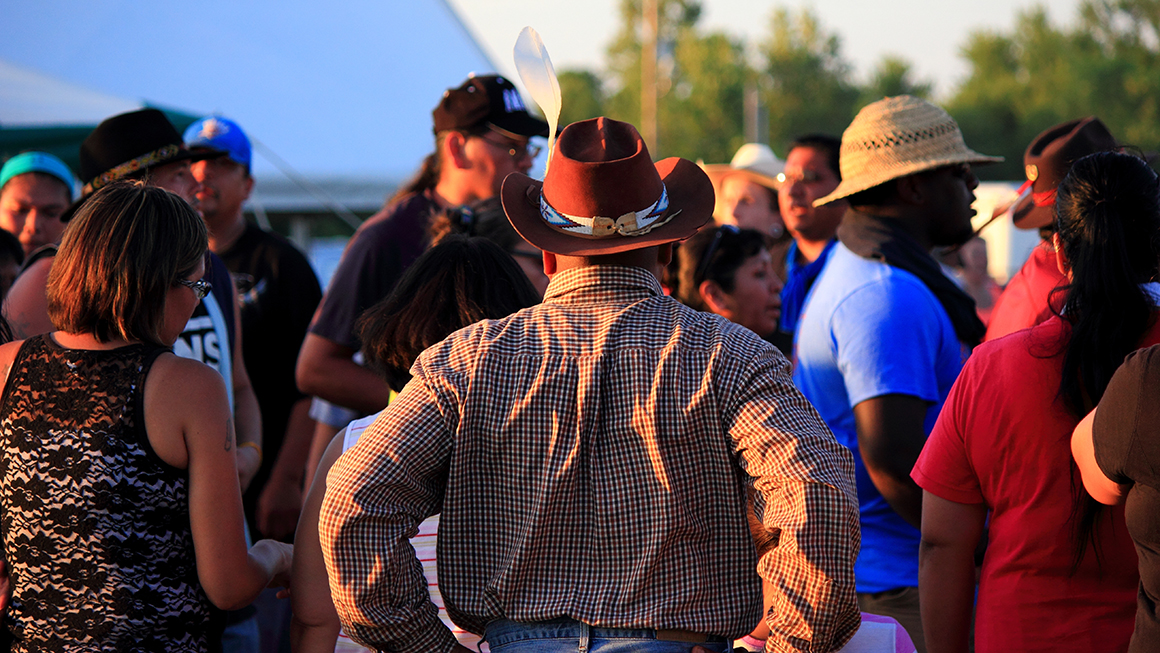
Recent Urban Institute analysis finds that the people and communities living in the newly designated community disaster resilience zones (CDRZs) have higher levels of social and economic vulnerability than the rest of the country, with rural regions in particular overrepresented. The Federal Emergency Management Agency (FEMA) and other federal agencies will use the CDRZ designation to prioritize key community supports, mobilize federal investments, and incentivize private-sector and philanthropic investments for a “whole of community support” approach.
Despite already meeting FEMA criteria for the “highest risk” threshold, some CDRZs will be better positioned than others to access available funding and prepare for, respond to, and recover from disasters. Agnostic investments that don’t consider such differences will risk the most-vulnerable and lowest-capacity communities falling further behind.
To extend previous Urban analysis, we analyzed the rurality and racial characteristics of CDRZs with more granularity. With these additional insights on CDRZ characteristics, federal agencies and private and philanthropic funders can better tailor assistance and capacity building to community needs and more equitably distribute CDRZ investments.
Rural communities are overrepresented among CDRZs
To assess the rurality of CDRZs, we considered each zone’s population size and distance from metropolitan areas. Smaller population sizes and greater distances have been associated with less community capacity and greater vulnerability, leading to worse outcomes after disasters because of smaller tax bases, longer distances from essential services, and less capacity to plan, fund, and implement climate resilience strategies.
Although many CDRZs are located in heavily populated areas like Los Angeles County, California, others are in remote, rural areas like Sedgwick County, Colorado, and Jewell County, Kansas, which have fewer than 3,000 people and are hundreds of miles away from larger cities.
We used the US Department of Agriculture’s Rural-Urban Continuum to categorize CDRZ tracts on a three-part scale from most rural to most metropolitan.
- Remote rural: CDRZs in counties with urban centers of fewer than 20,000 people and located at least one county away from counties with metropolitan centers
- Metro-adjacent rural: CDRZs in counties that do not have large enough populations to be classified as metropolitan but are adjacent to counties with metropolitan centers
- Metro: CDRZs located in counties with metropolitan centers larger than 250,000 people
About one in six—79 of 483 CDRZs—are classified as remote rural, meaning they are furthest away from metropolitan centers and have the smallest populations. In general, rural people are overrepresented among CDRZs compared with the national rural population, according to the 2020 Census, which means they are at disproportionate risk to climate disasters based on FEMA’s National Risk Index data. Nationwide, people in rural areas are just 14 percent of the population, but they make up 35 percent of the population of all CDRZs.
When comparing demographic characteristics, CDRZs in remote rural areas are home to more people of color than rural communities nationwide. Among the 79 remote rural CDRZs, nearly two-thirds—61 percent—have higher shares of people of color than rural areas nationwide, with the share of people of color in remote rural CDRZs ranging from 24.1 percent to 89.2 percent.
Successful CDRZ implementation will address rural capacity and racial equity gaps
Compared with cities and suburbs (PDF), rural communities have fewer and less resourced lending, credit, and financial institutions. Philanthropic giving is also markedly low, with just 5.5 percent of domestic grants going to rural communities. Increasing patterns of centralization in disaster planning and management mean that emergency responder capacity and response times are significantly worse in rural areas than urban areas.
Consequently, disasters can hit rural places harder than larger, better resourced metros, and rural areas—especially the most remote and least resourced CDRZs—have far fewer private-sector and philanthropic investment opportunities to help realize FEMA’s “whole of community support” goal.
The rollout of CDRZ investments represents a critical opportunity to address geographic and racial equity issues in climate and disaster planning given that the most rural CDRZs have higher shares of people of color than rural communities nationwide. To avoid perpetuating racial and geographic inequities and achieve the goals of environmental and climate justice, more evidence about the unique challenges, assets, and adaptive capacities of rural CDRZs is needed to tailor funding and financing strategies that ensure these communities aren’t left behind.
Tune in and subscribe today.
The Urban Institute podcast, Evidence in Action, inspires changemakers to lead with evidence and act with equity. Cohosted by Urban President Sarah Rosen Wartell and Executive Vice President Kimberlyn Leary, every episode features in-depth discussions with experts and leaders on topics ranging from how to advance equity, to designing innovative solutions that achieve community impact, to what it means to practice evidence-based leadership.